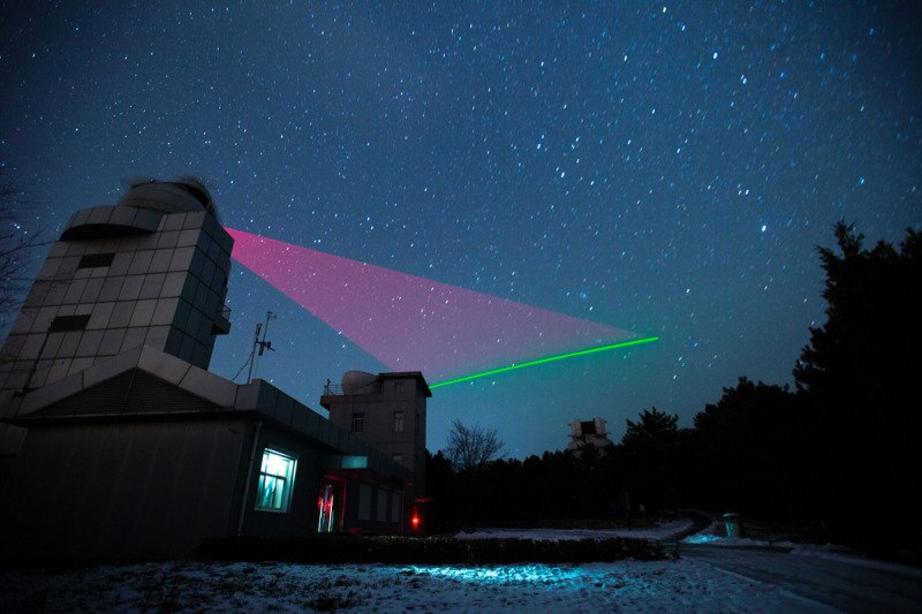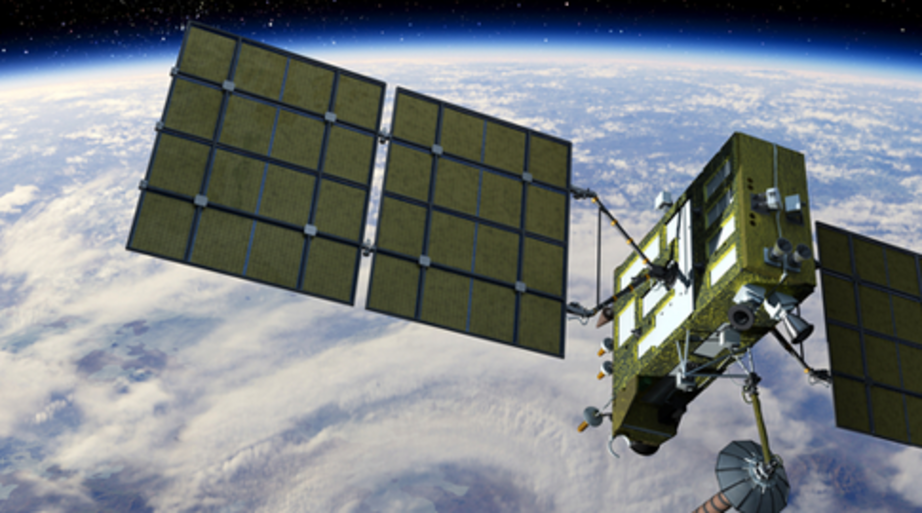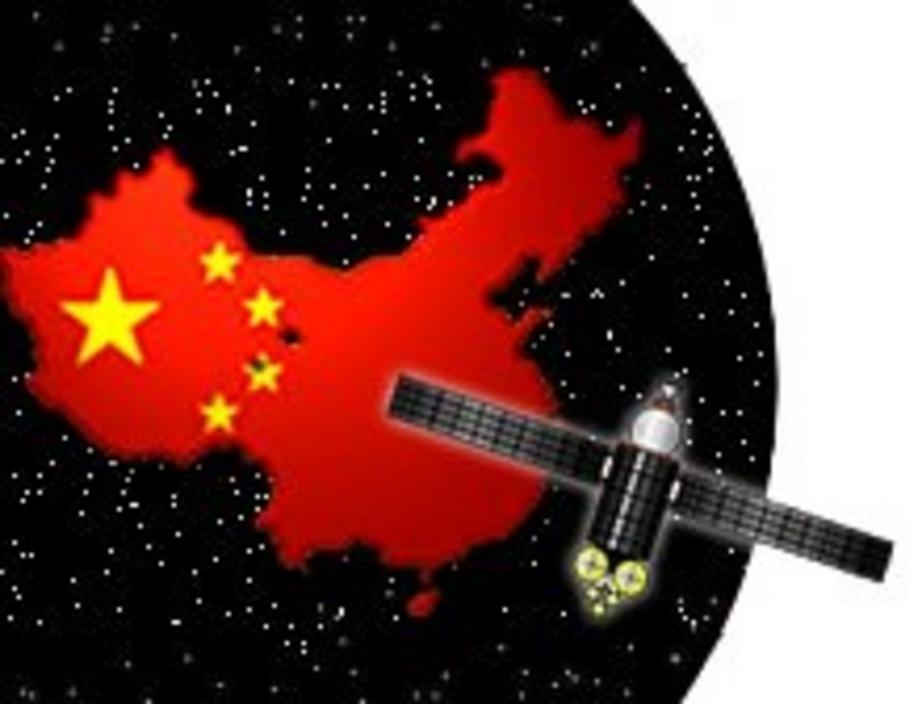Chinese satellite beats distance record for quantum entanglement
 Quantum satellite Micius has sent entangled photons to ground stations on Earth
Quantum satellite Micius has sent entangled photons to ground stations on Earth
Less than a year after they launched the world’s only quantum communications satellite, Chinese researchers have for the first time ever sent entangled photons from space to ground stations on Earth.
“This is the first step towards worldwide secure quantum communications, and maybe even a quantum internet,” says Anton Zeilinger, an expert on quantum physics at the University of Vienna in Austria.
One of the building blocks of a secure quantum network is the ability to exchange entangled photons between two parties. When a pair of photons are entangled particles, measuring one instantly influences the state of the other, regardless of the distance between them.

To create a cryptographic key, the two parties, say Alice and Bob, use the results of a series of measurements on pairs of entangled photons. The key can then be used to encrypt messages that are sent over a regular channel. The duo can also detect the presence of an intruder who tries to intercept and retransmit the entangled photons, because doing this destroys the entanglement.
Last year, researchers in China established a record separation between Alice and Bob: entangled photons were exchanged over a distance of 404 kilometres using non-commercial, high-quality optical fibre.
Entangled light
Now, entanglement has been preserved in pairs of photons sent by the Chinese satellite Micius to ground stations separated by 1203 kilometres — a new record.
“It took us almost 14 years to manage this achievement,” says Jian-Wei Pan of the University of Science and Technology of China in Hefei.
They first had to ensure that their source of entangled photons would survive the rigours of a launch and that the entangled photons wouldn’t be destroyed while traveling through about 10 kilometres of lower atmosphere, which is thick and turbulent. After successful ground-based tests of these technologies, such as using small telescopes to focus the photons to distant receivers, in August 2016 China launched Micius into orbit at an altitude of about 500 kilometres so it would take the same path over China at the same time each night.
The next challenge was for ground stations to track the fast-moving satellite, and establish optical links to receive entangled photons. Three optical telescopes in Delingha in Tibet, and Lijiang and Nanshan in north-west China locked on to the satellite, which appeared briefly overhead once every night.
The ground stations used adaptive optics — which is technology that can measure the turbulence of Earth’s atmosphere in real time and cancel out its blurring effects. They also used technology to filter out moonlight and light pollution from cities, to reduce the noise in the optical link to the satellite.
For every pass of the satellite over China, which happened at night for about 275 seconds, it had to establish two such downlinks simultaneously, either between Delingha and Lijiang (1203 kilometres apart) or Delingha and Nanshan (1120 kilometres apart).
If we were to use optical fibres to distribute pairs of entangled photon pairs on Earth over 1200 kilometres, the loss of signal strength with distance means that we could only transmit one pair per second.
The Chinese satellite smashed that barrier. “We have already improved the distribution efficiency by 12 orders of magnitude over former technologies,” says Pan.
Next up, daytime
Zeilinger is impressed. “It’s a very important achievement,” he says. “It proves that China is really able to master the technology, particularly the technology to follow a satellite optically and have the downlinks.”
Pan says that the next step is to operate during the daytime, which means coping with far more light pollution from the sun, which can destroy the entanglement, and also to send satellites into higher orbits so that they are visible for longer durations. “Then it will be really a useful and radical system for secure quantum communications,” says Pan.
The team also tested the fundamentals of quantum mechanics. Einstein had argued that since quantum mechanics allows for entanglement, which he derided as “spooky action at a distance”, it must be an incomplete theory and that there must be an underlying reality to explain such weirdness. But the tests done on the entangled photons between the pairs of ground stations showed that quantum weirdness is real and cannot be explained by any Einsteinian notions of hidden reality.
Journal Reference: Science, DOI: 10.1126/science.aan3211

